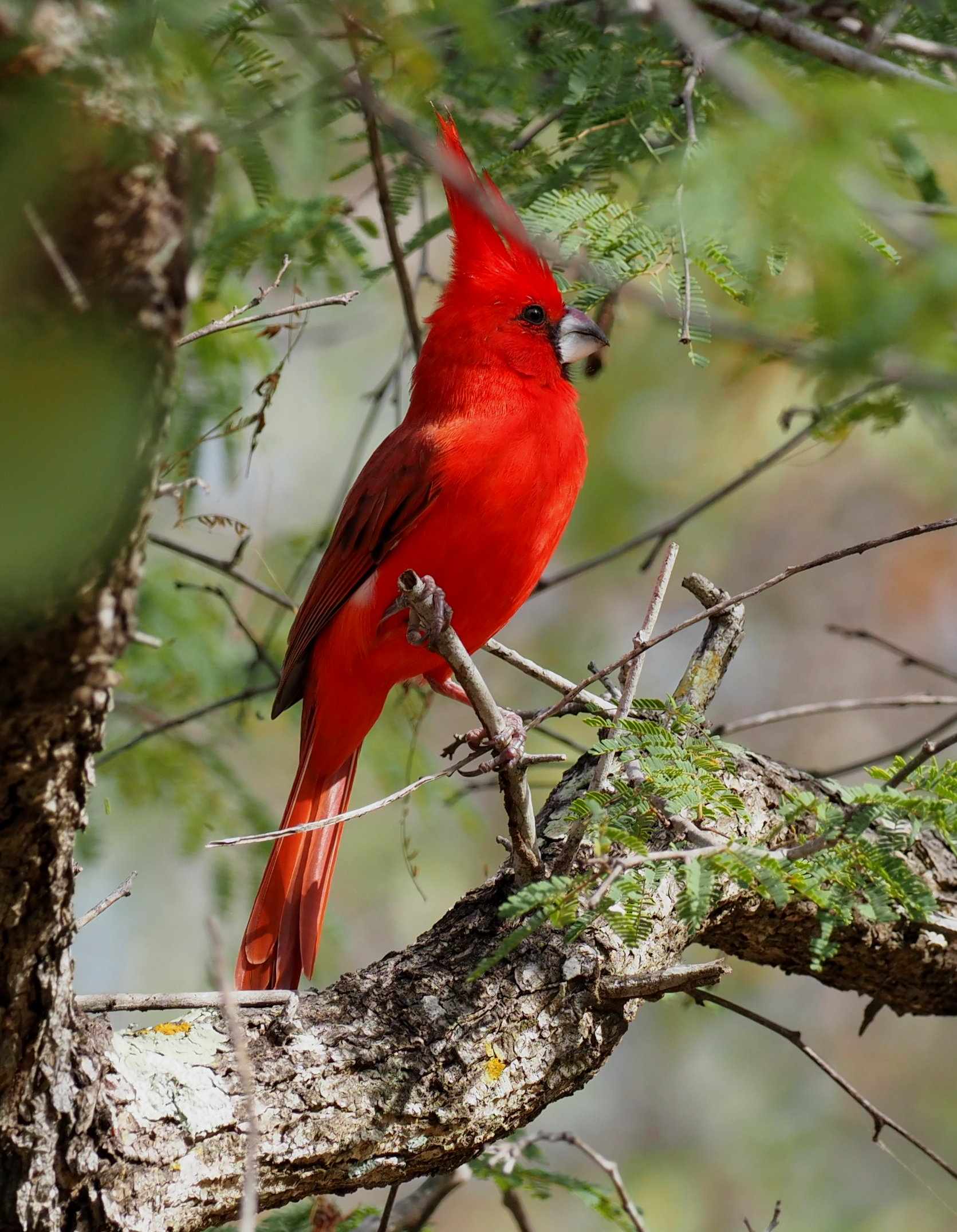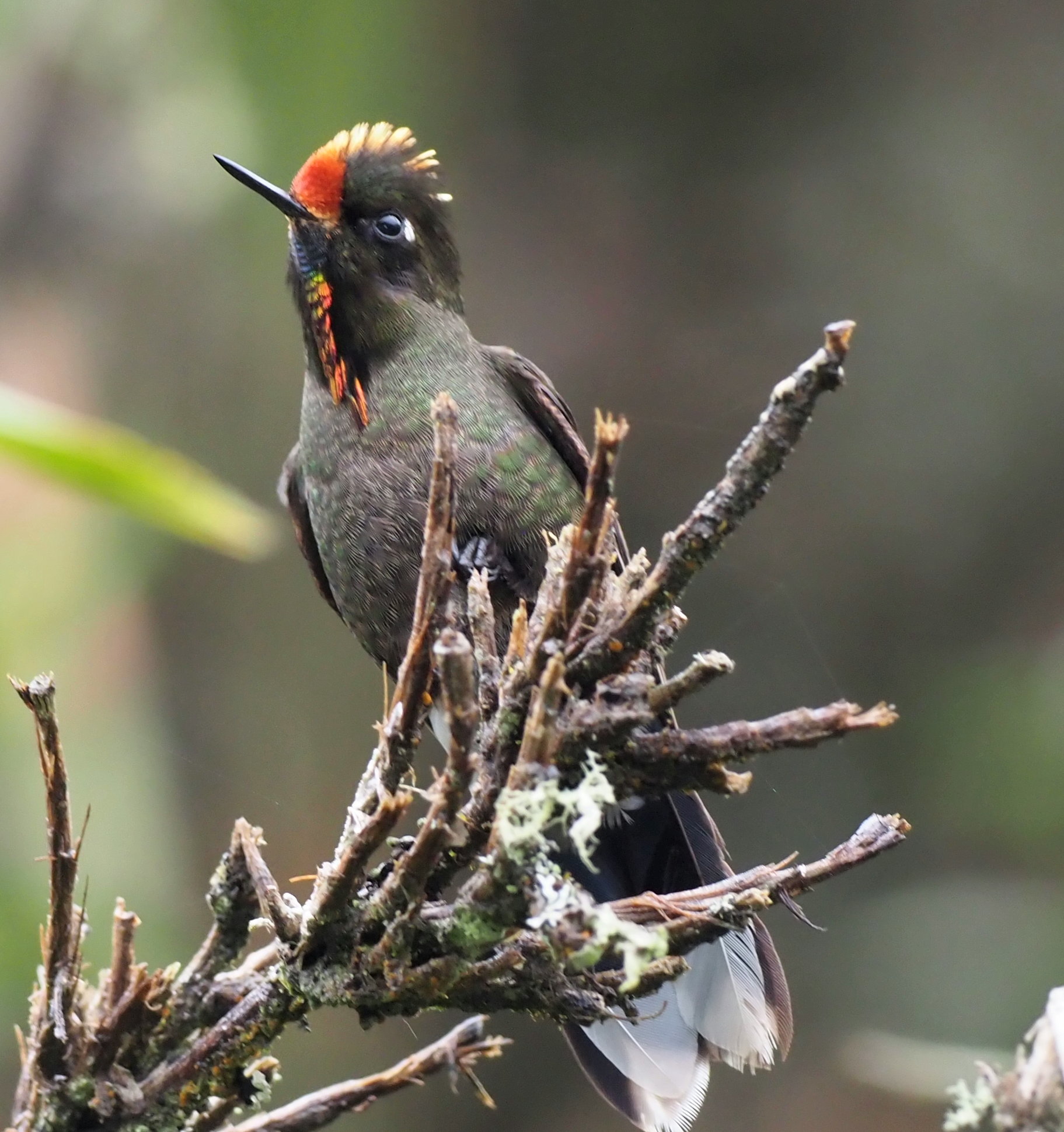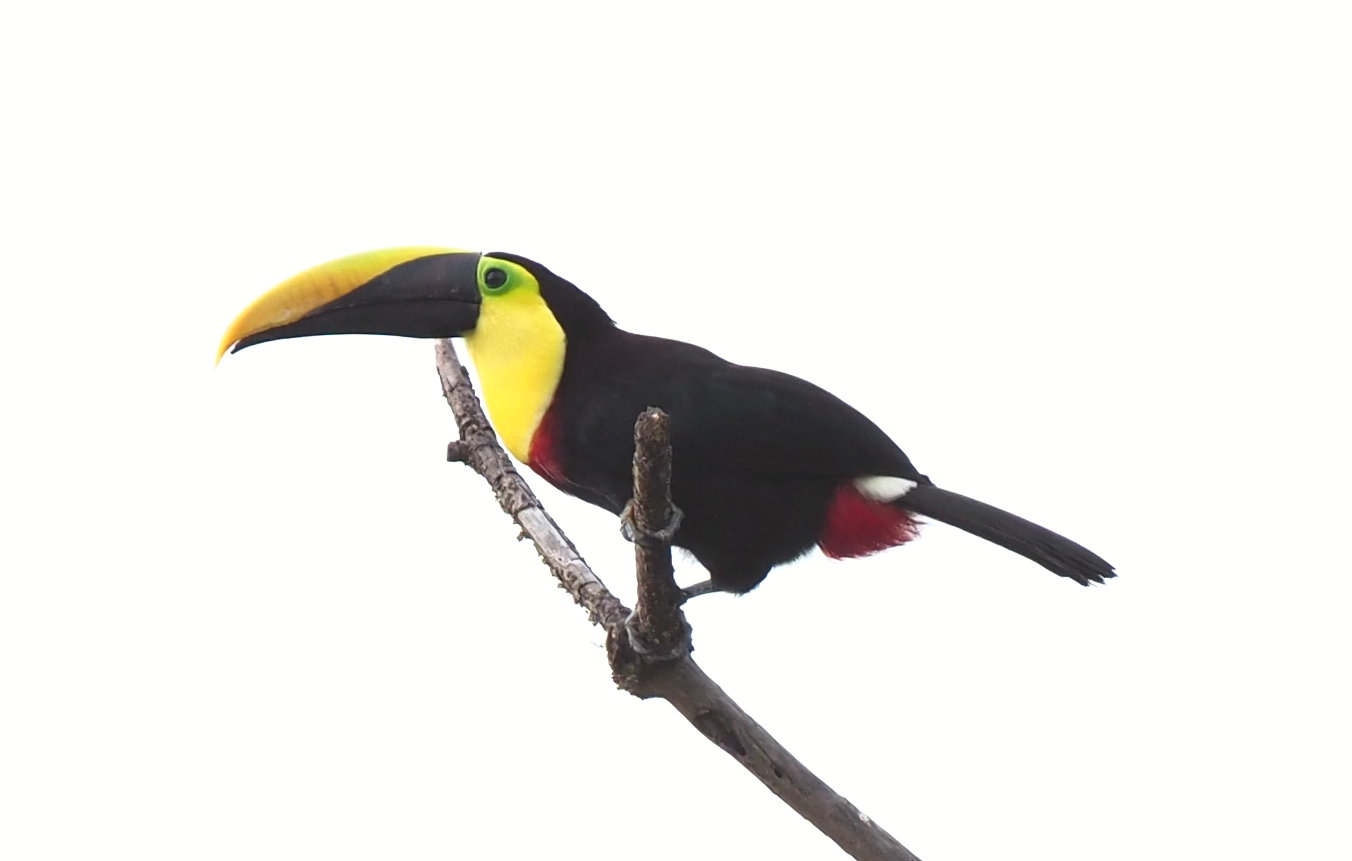There exists a realm where the physical and spiritual converge—where the beating of wings creates a meditation, where iridescent feathers catch light like fragments of heaven, and where the simple act of witnessing becomes a form of prayer. This is the world of Colombia's hummingbirds, and this is our final chapter in the Vision series: a journey that transcends photography to become a pilgrimage of the soul.
Over eight transformative days, we traverse Colombia's three magnificent Andean cordilleras—each a cathedral of biodiversity, each home to species found nowhere else on Earth. From the mystical páramos of Chingaza to the cloud forests of Jardín, from the endemic sanctuaries of Tatamá to the hidden valleys where ancient wisdom still flows, we seek not just photographs, but moments of profound connection with these aerial angels.
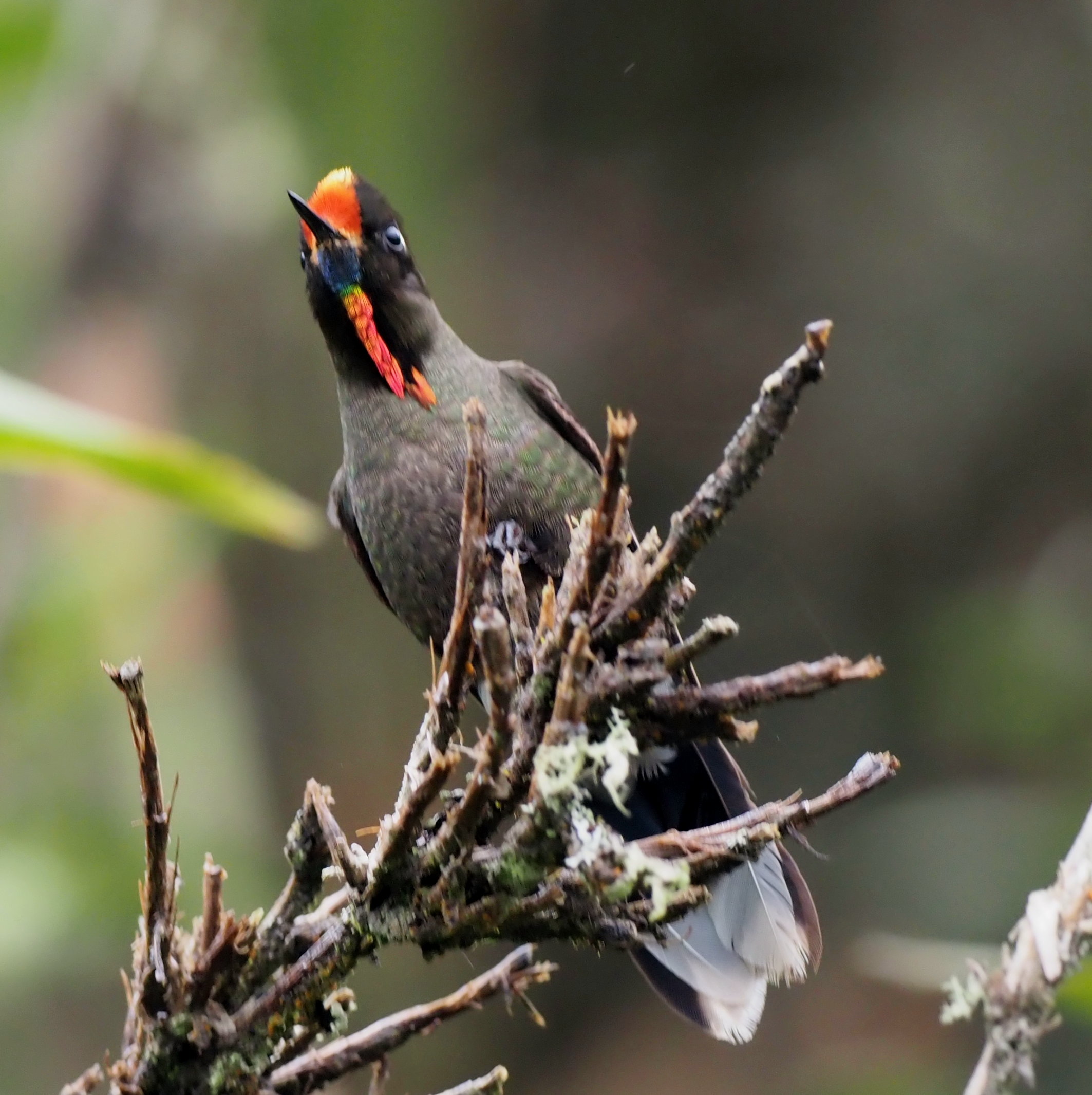
Rainbow-bearded Thornbill
Chalcostigma herrani • Colibrí Barbirrojo
Chingaza National Park, 3,200m elevation
The Sacred Geography of Vision
Our Vision Journey unfolds across three sacred landscapes, each offering its own revelation, its own teaching about the delicate balance between patience and presence that defines both hummingbird photography and spiritual practice.
Chingaza: Temple of the Páramo
At 3,200 meters above sea level, Chingaza National Park exists in a realm between earth and sky. Here, in the high-altitude páramo ecosystem, we encounter the Rainbow-bearded Thornbill—a species so perfectly adapted to these harsh conditions that it seems to embody the very spirit of resilience.
In the pre-dawn cold, as mist rises from ancient lakes and the first light touches the frailejones, we practice the art of stillness. The thornbill's fiery throat patch—a burst of orange and red against the muted páramo palette—becomes our meditation object, teaching us about finding warmth and beauty in the most austere environments.
Scientific Name: Chalcostigma herrani
Spanish Name: Colibrí Barbirrojo
Elevation: 3,000-4,000m
View on eBird →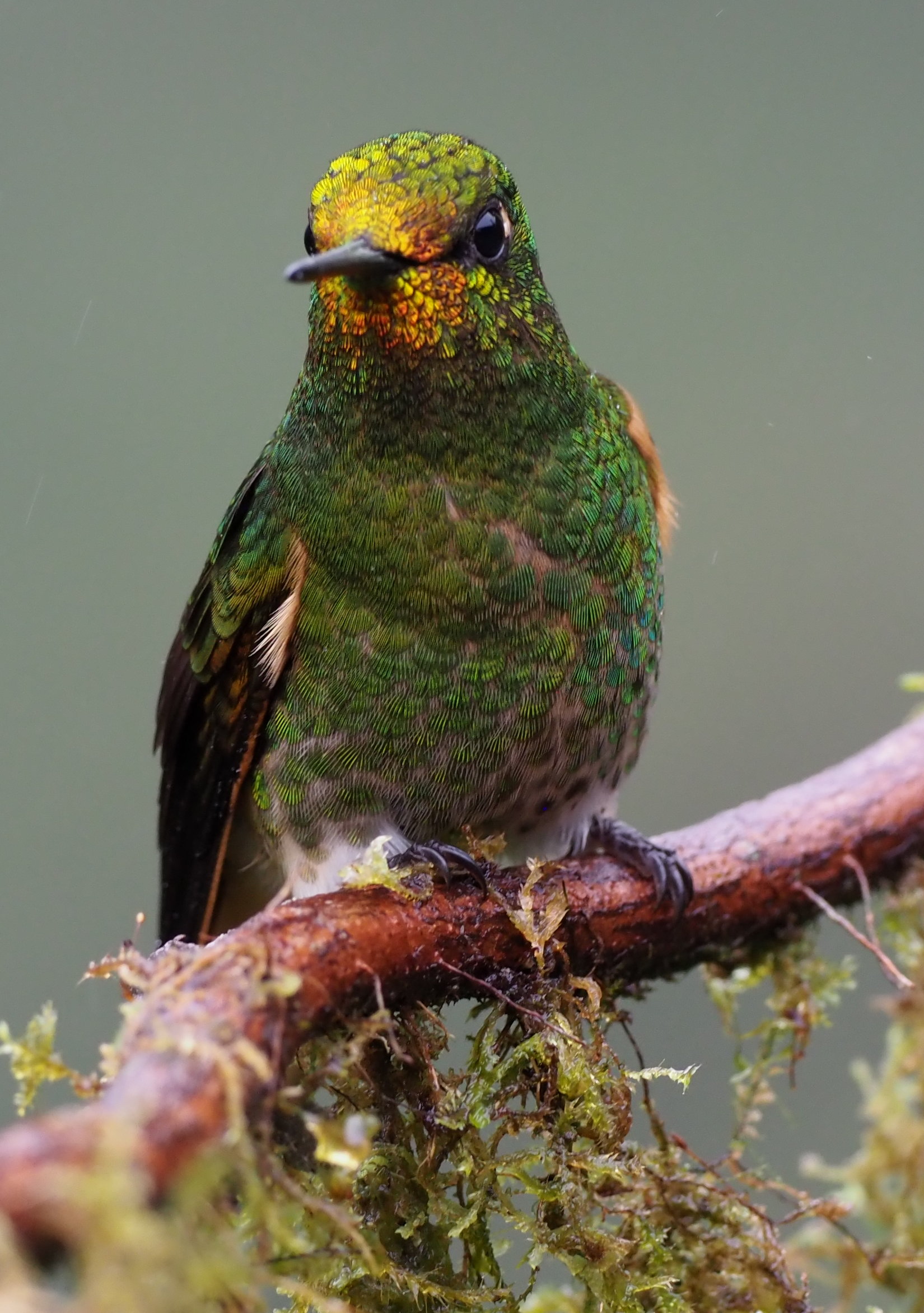
Jardín: Garden of Earthly Delights
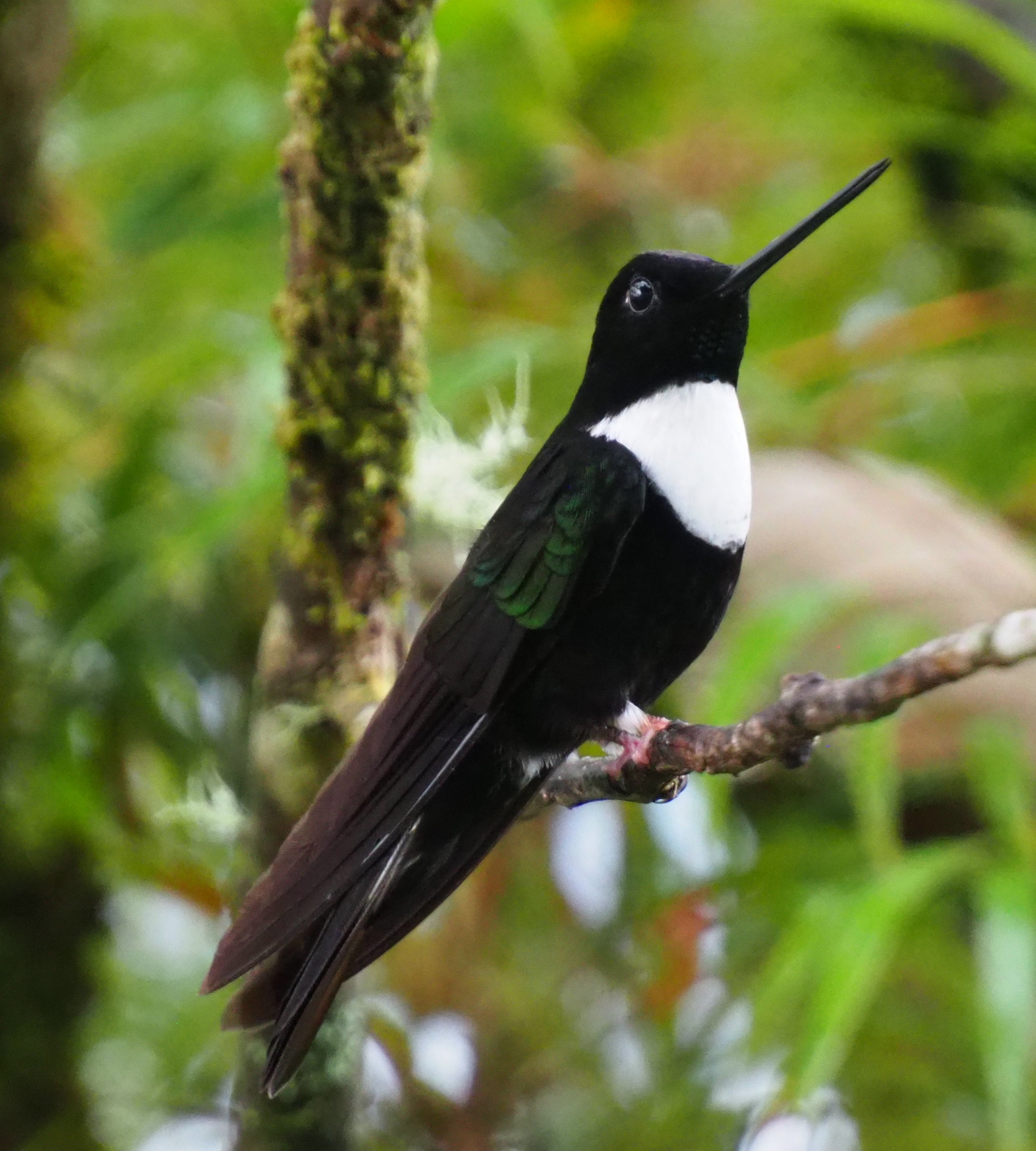
Descending from the páramo's austerity, we enter the lush embrace of Jardín's cloud forests. Here, at 1,800 meters, the Collared Inca reigns supreme—a hummingbird whose elegant black and white collar speaks to the formal beauty of nature's design.
In Jardín's gardens and forest edges, we learn the rhythm of abundance. Multiple species share the same flowering trees, creating a symphony of wings and territorial displays. The photography here becomes a dance—anticipating movement, reading behavior, finding harmony in apparent chaos.
Scientific Name: Coeligena torquata
Spanish Name: Inca Acollarado
Elevation: 1,500-2,500m
View on eBird →Tatamá: Sanctuary of Endemism
In the Western Cordillera's crown jewel, Tatamá National Park, we encounter species found nowhere else on Earth. The Violet-tailed Sylph, with its impossibly long tail streamers and electric blue crown, represents the pinnacle of hummingbird evolution—beauty refined to its absolute essence.
Here, at 2,400 meters, we practice the deepest form of wildlife photography: the art of becoming invisible while remaining fully present. The sylph's courtship displays—aerial ballets of impossible grace—teach us about the sacred nature of beauty itself.
Scientific Name: Aglaiocercus coelestis
Spanish Name: Silfo Colivioleta
Elevation: 2,000-3,000m
View on eBird →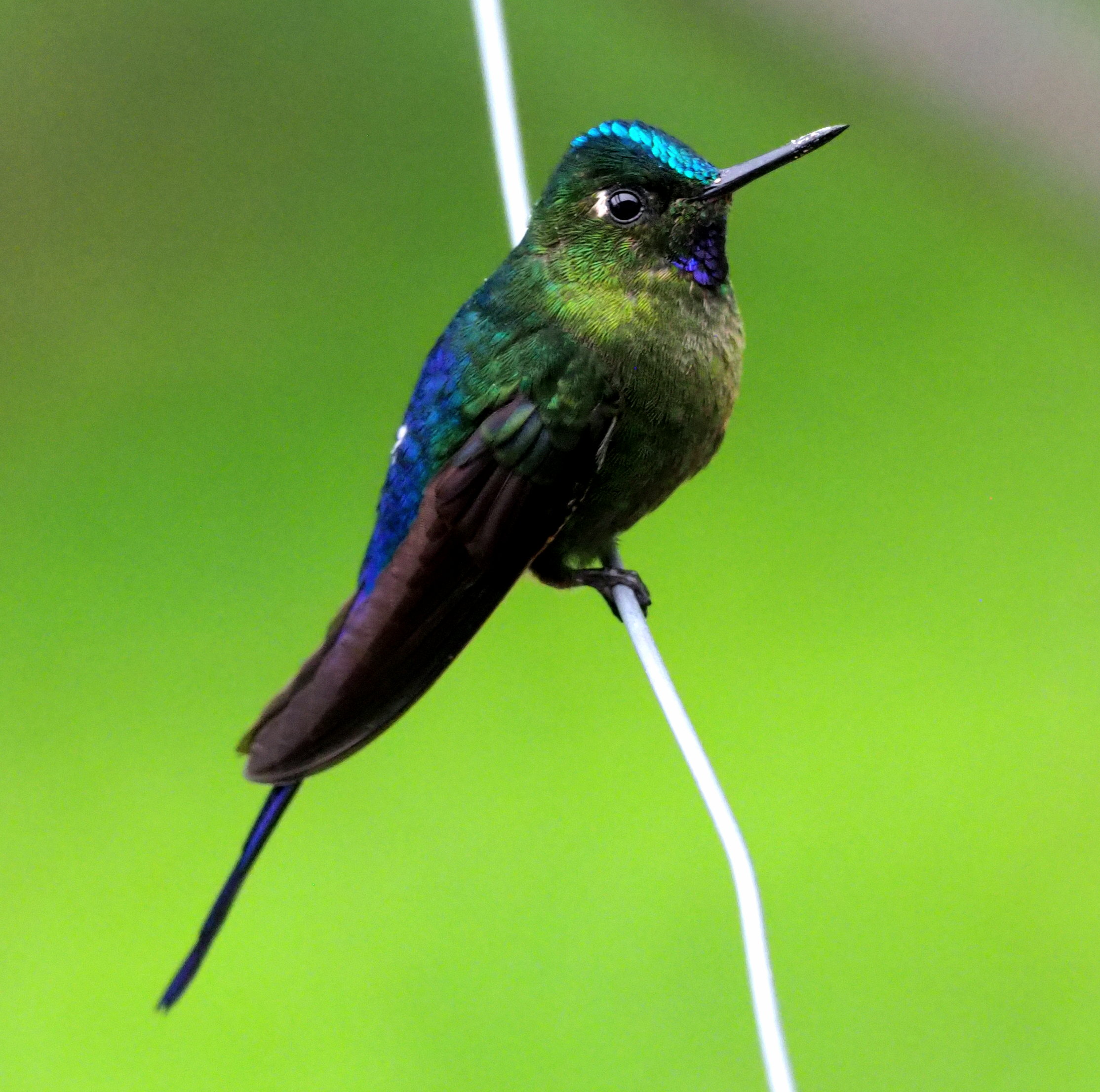
Portraits of the Divine
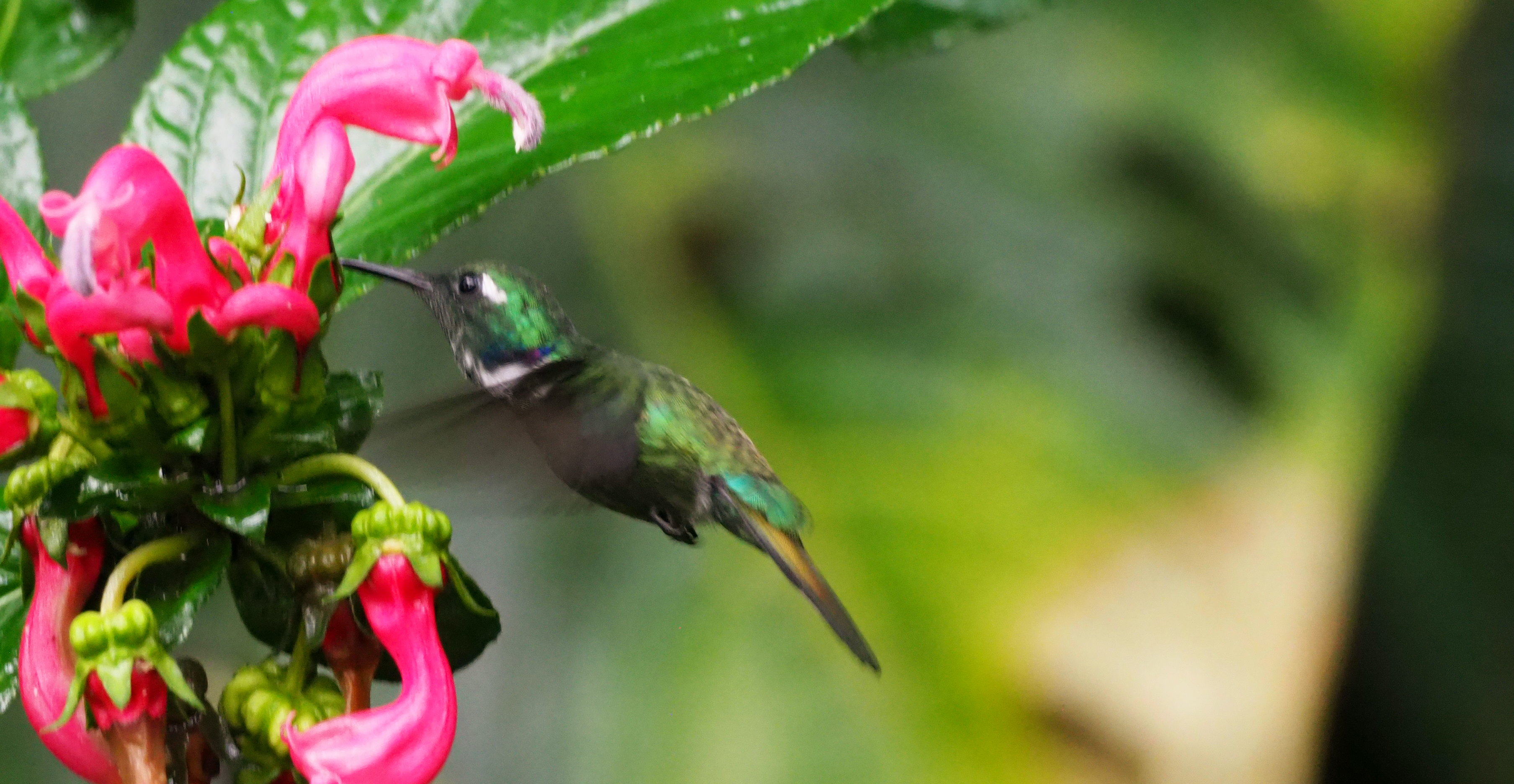
Green Hermit
Phaethornis guy • Ermitaño Verde
The hermit hummingbirds represent a different philosophy of existence—preferring the forest's understory to open gardens, embodying the contemplative path of seeking nectar in shadow rather than sunlight.
View on eBird →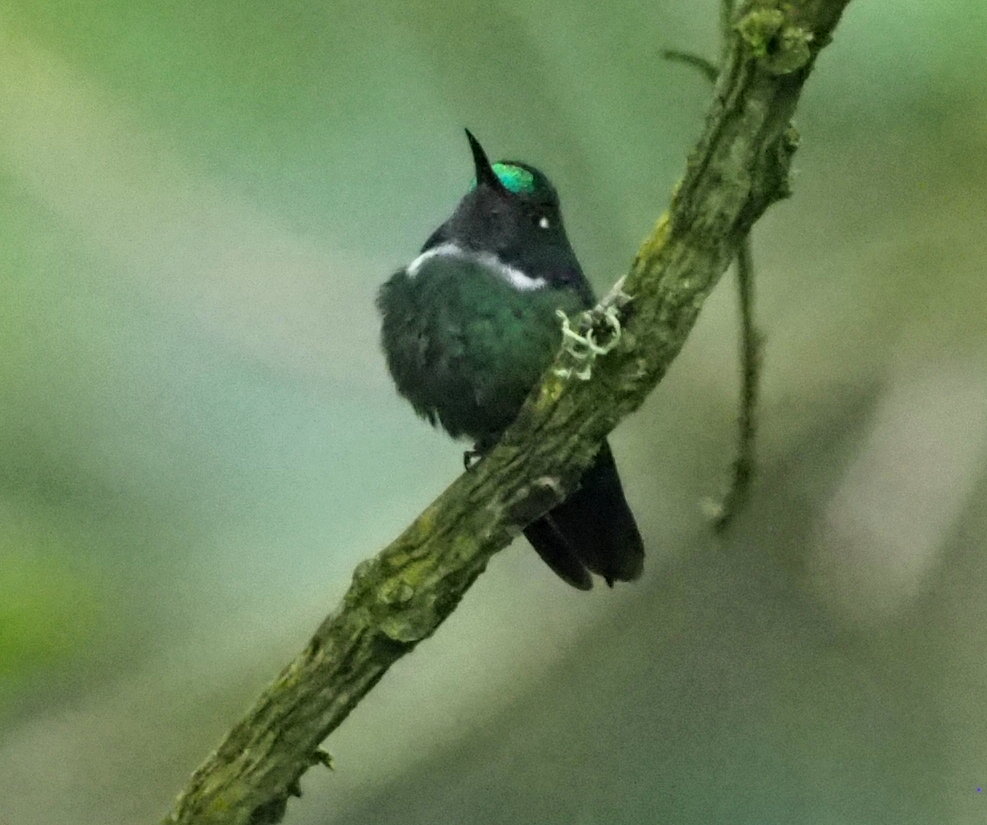
White-necked Jacobin
Florisuga mellivora • Jacobino Nuquiblanco
With its striking monochromatic elegance, the jacobin teaches us about the power of simplicity— how sometimes the most profound beauty lies in the perfect balance of light and shadow.
View on eBird →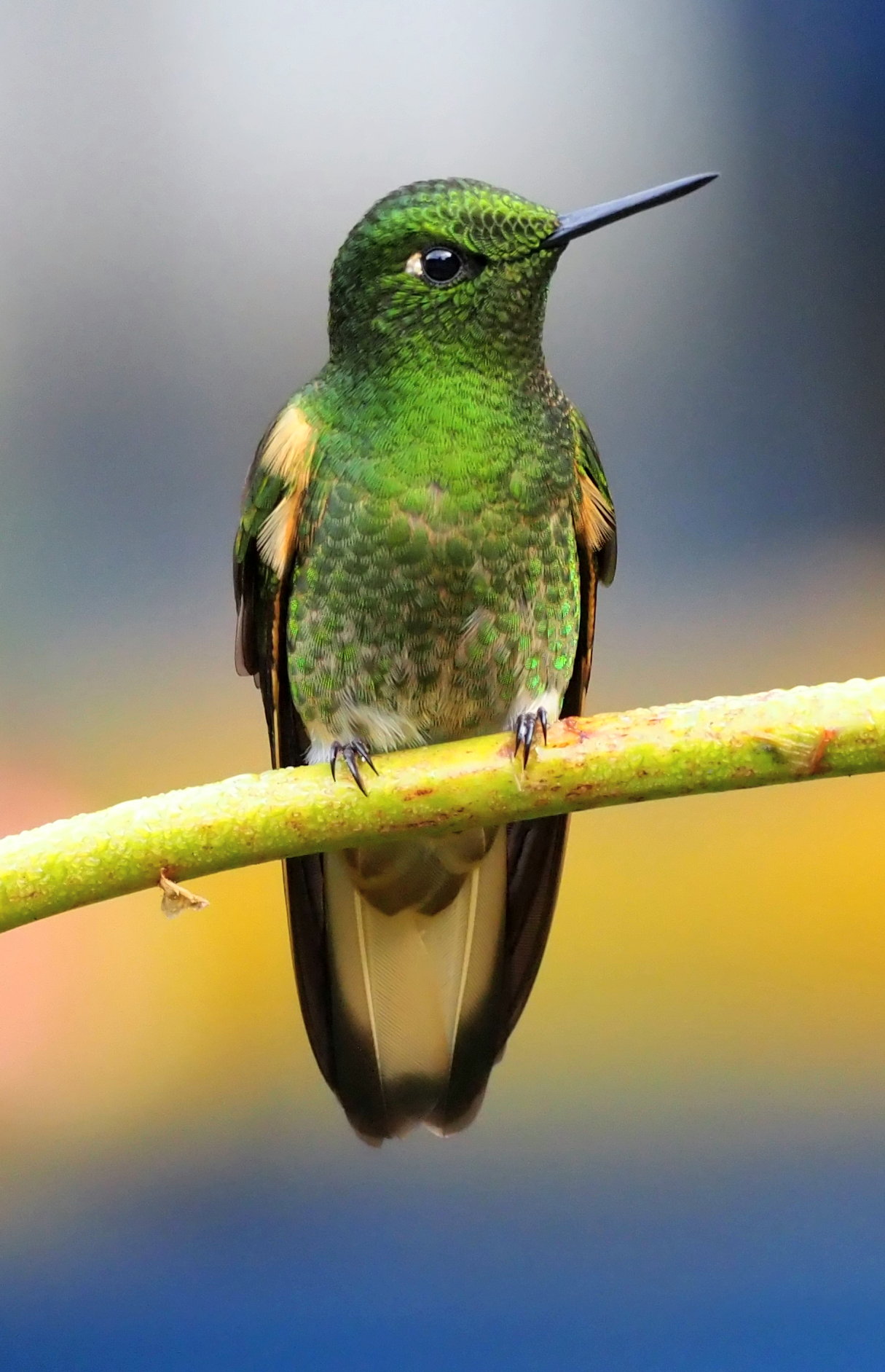
Rufous-tailed Hummingbird
Amazilia tzacatl • Colibrí Colirrufo
Perhaps the most approachable of our subjects, the rufous-tailed hummingbird embodies the joy of accessibility—reminding us that profound beauty often dwells in the familiar and everyday.
View on eBird →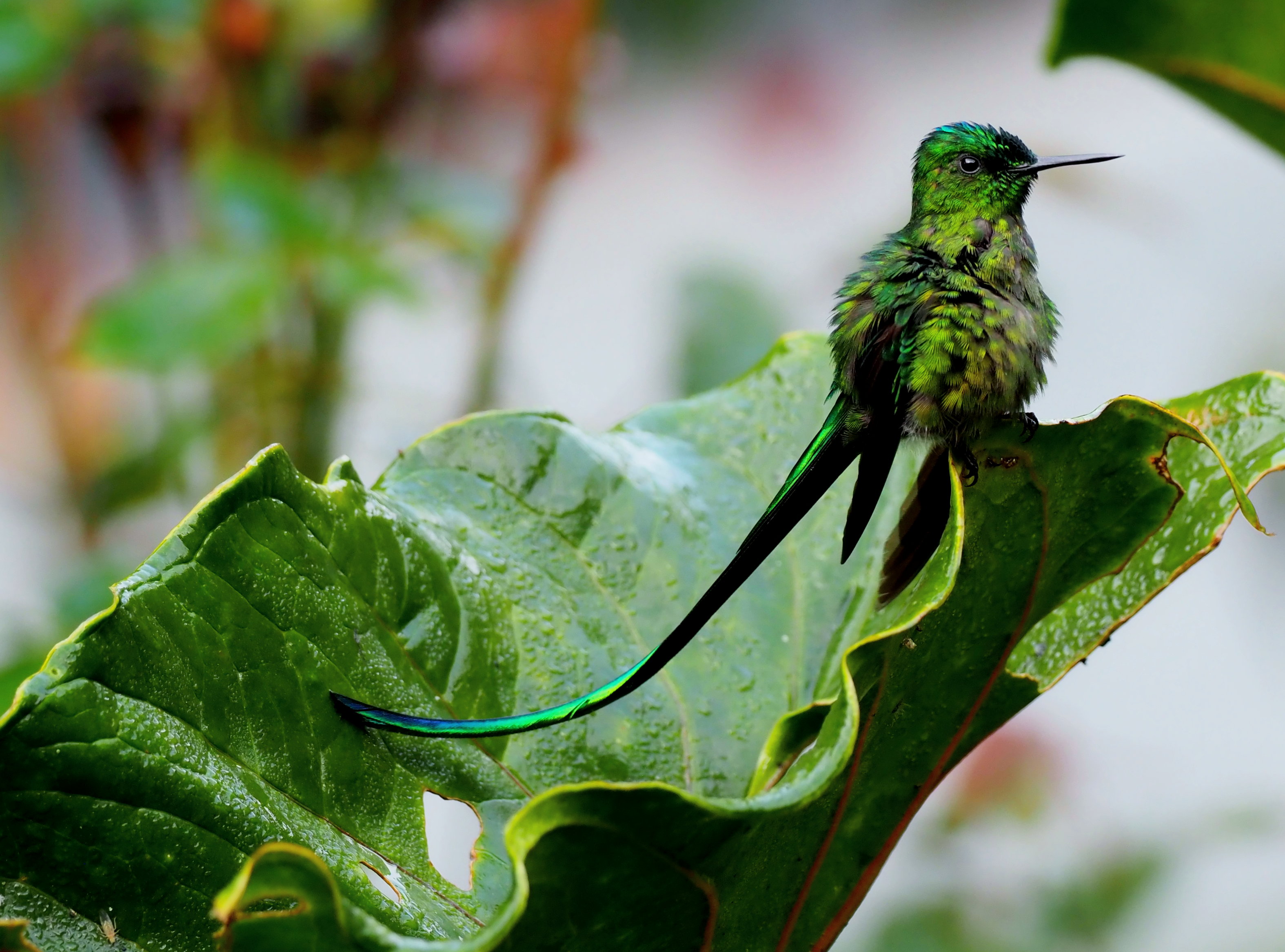
Long-tailed Sylph
Aglaiocercus kingii • Silfo Colilargo
The male's extraordinary tail feathers—longer than his entire body—represent nature's commitment to beauty for its own sake, a living reminder that aesthetics and survival are not opposing forces.
View on eBird →The Philosophy of Vision
What distinguishes our Vision Journey from mere wildlife photography is the understanding that we are not simply capturing images—we are participating in a sacred exchange. Each photograph becomes a prayer, each moment of patient waiting a form of meditation, each successful capture a gift of grace.
The hummingbird, with its impossible flight patterns and jewel-like beauty, serves as our teacher in the art of presence. To photograph these aerial masters, we must learn to anticipate without controlling, to be ready without being tense, to see without grasping.
"In the space between the hummingbird's wingbeats—80 times per second—exists an entire universe of possibility. Our cameras may freeze a single moment, but our hearts capture the eternal dance."
This is why we call it Vision—not just the act of seeing, but the cultivation of insight. Through eight days of patient observation, technical mastery, and spiritual practice, we develop not just better photographs, but a deeper way of being in relationship with the natural world.
The Art of Hummingbird Photography
Sacred Technique
Shutter Speed: 1/2000s minimum to freeze wing motion, though we often push to 1/4000s for the most dynamic shots. The goal is to capture the poetry of motion without losing the detail that makes each species unique.
Focus Strategy: Back-button focus with single-point AF, allowing us to track these aerial dancers while maintaining compositional control. We practice the meditation of following without chasing.
Light as Teacher: Early morning and late afternoon provide the warm, directional light that brings out the iridescence in hummingbird feathers. We learn to read light like a spiritual text.
Patience as Practice: Hours of stillness for minutes of action. This ratio teaches us about the nature of dedication and the rewards of sustained attention.
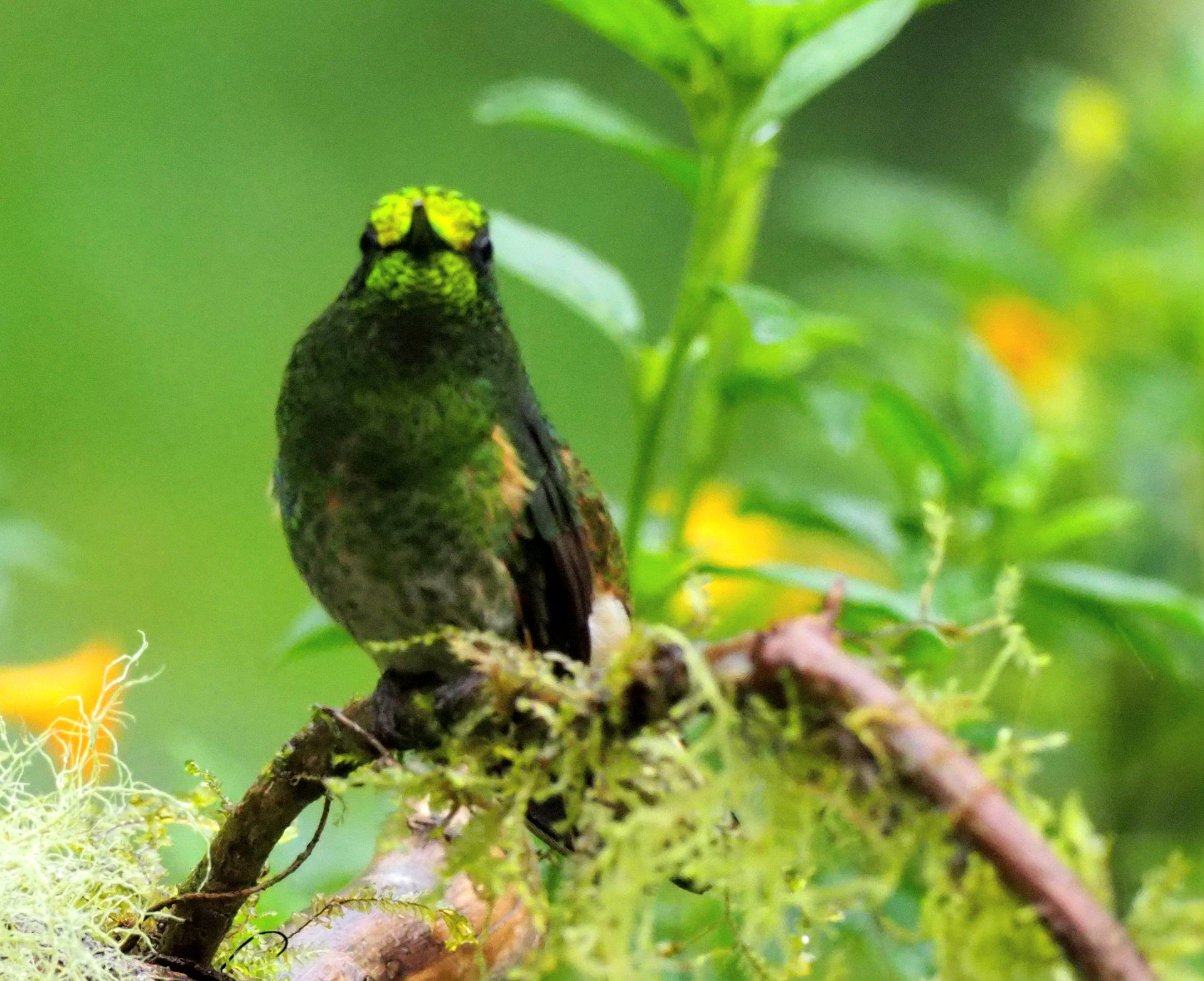
Buff-tailed Coronet
Boissonneaua flavescens
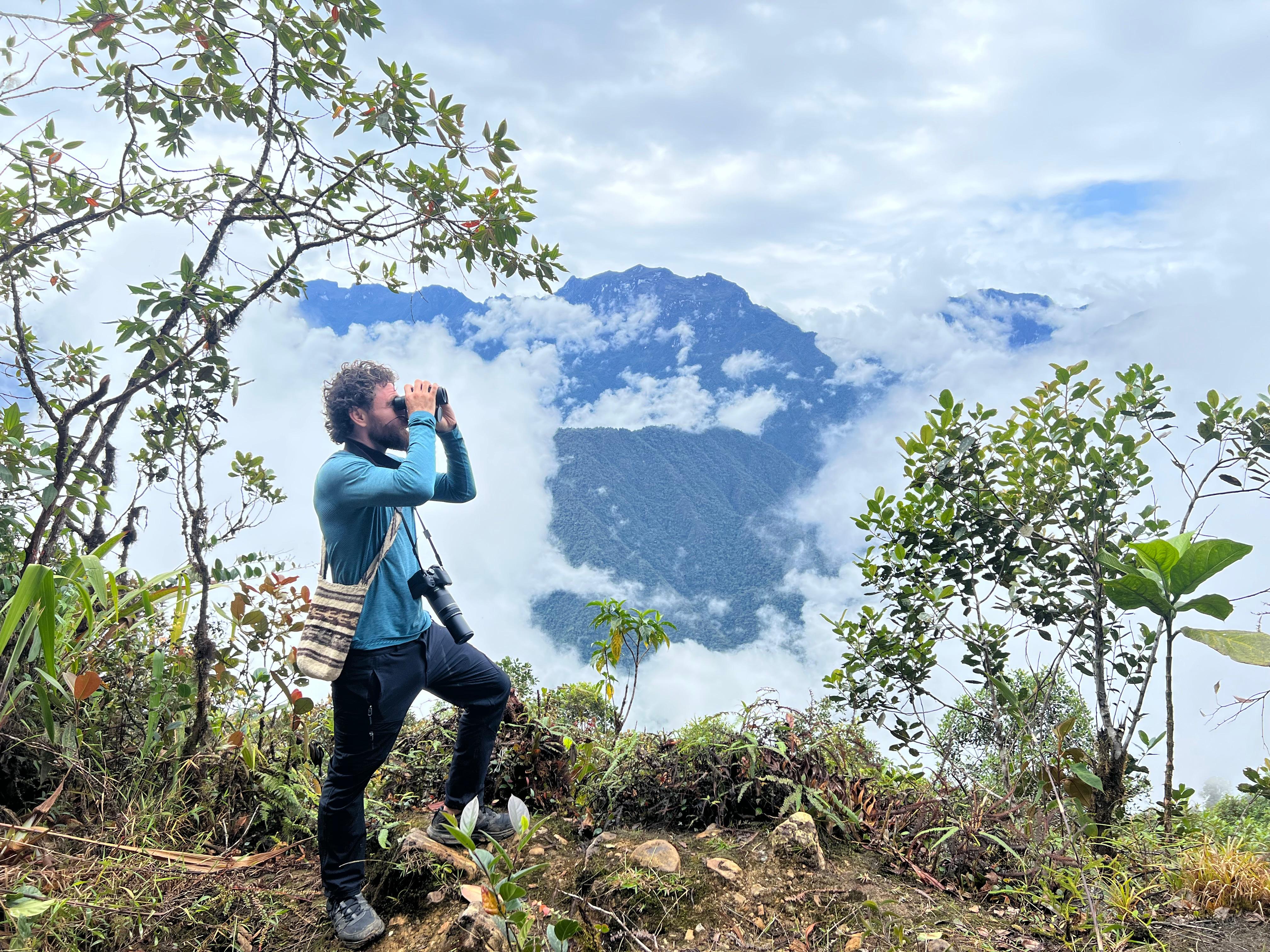
About Martin Melendro
Martin is AVES' lead expedition guide and ornithologist, with over 15 years of experience exploring Colombia's diverse ecosystems. Fluent in Spanish, English, and basic indigenous languages, he specializes in building respectful partnerships with local communities while leading transformative birding experiences. Martin holds a degree in Biology from Universidad Nacional de Colombia and has contributed to numerous conservation projects throughout the Neotropics. His passion lies in connecting people with nature while supporting indigenous land rights and biodiversity conservation.
